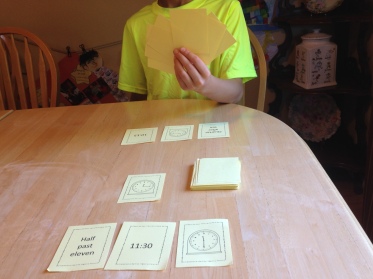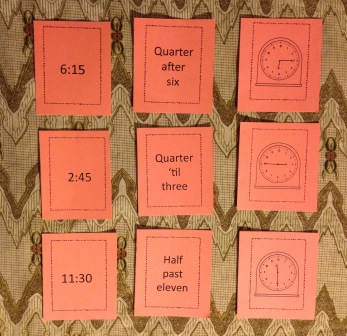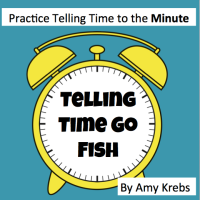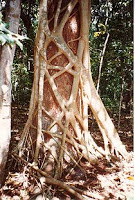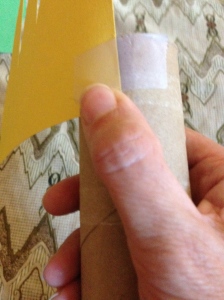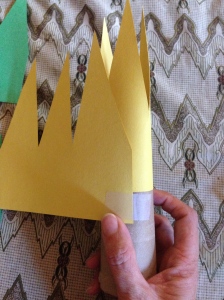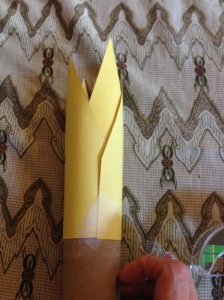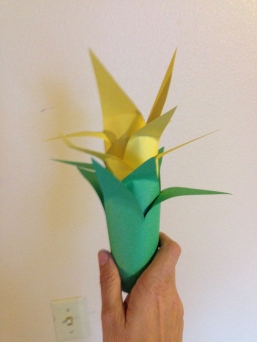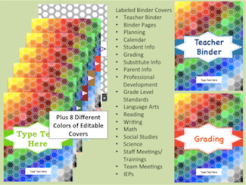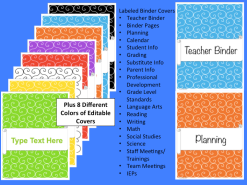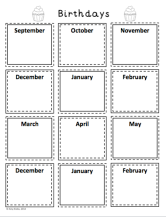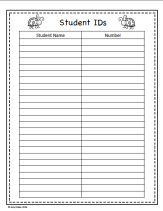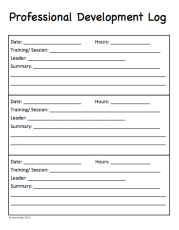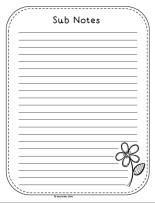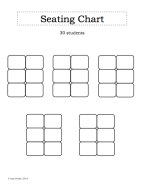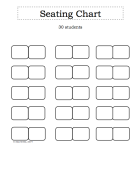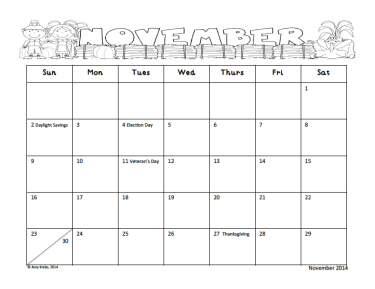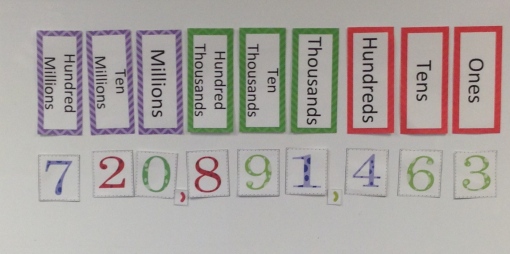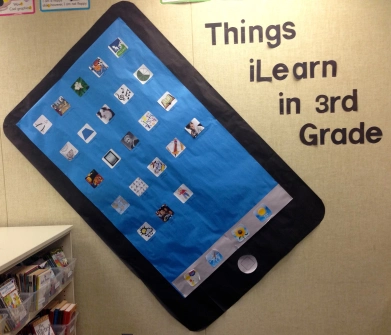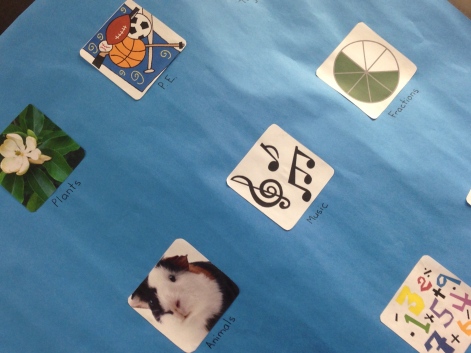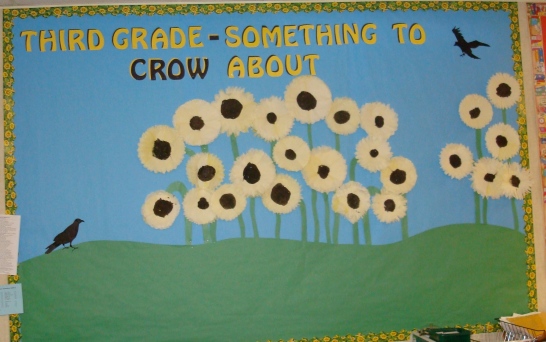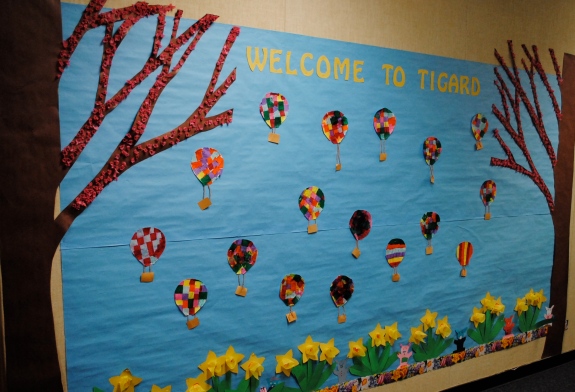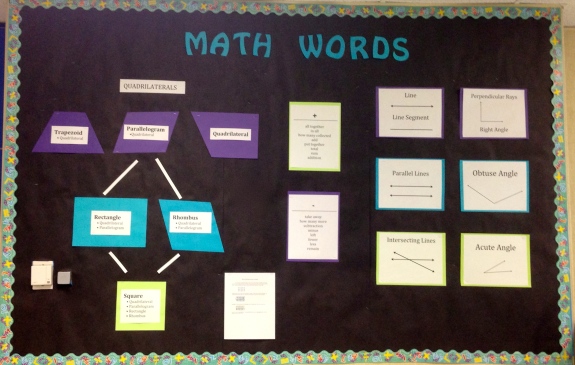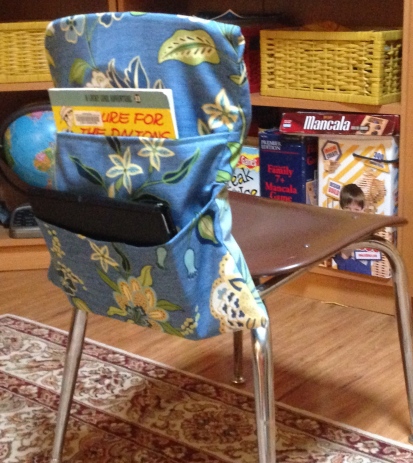
So here I am starting a teacher blog in the middle of summer. Not a lot of teaching going on, but I have been working so hard this summer to get ready for next year. I’m really excited about my new seat cover pockets. One of my co-teachers converted from desks to tables last year and had some seat cover pockets made so the kids could store their gear. I’m keeping my desks, but I have tiny ones that don’t hold much. I never let the kids put their iPads or classroom books inside their desks for fear of them getting wrecked. Because of this rule I’ve always had issues with kids not having enough desk space to do their work. Plus, all those iPads and books on their desks just make the room look cluttered. It wasn’t until this June as I was packing up my classroom that I was hit with inspiration. I could have seat cover pockets too, and I bet I could make my own! So that has been my big project this summer. So far I’ve made 10, only 20 more to go. It took me a while to figure out the design I wanted, but now I’m really happy with what I created. They each have 2 large pockets in them, one for books and one for iPads. I also LOVE the fabric I found for them. I’m going to redo my whole room to color coordinate.
I thought I’d give a little demo here on how to make your own seat cover pockets. I’ll give the measurements I used for my chairs, but you’ll want to adjust your size to fit your own classroom chairs. I have to say that I am not a very experienced seamstress. I could probably count on my fingers the number of sewing machine projects I have done in my life. I have just enough experience to think I can do anything and just enough ignorance to have to do every project 3 or 4 times before I get it right. Keeping that in mind, I made my first chair cover with scrap fabric so that I wouldn’t waist my good fabric with my first mess up. (Turned out to be a good idea. ;-))
I used outdoor fabric for this project because it seemed heavy and stain resistant. However, were I to do it again I would use a different fabric because this kind frays so easily I worry that the seams won’t hold up under pressure. Also, it would have been better to use a fabric with no obvious backside to it, because you can see the backside of the fabric when the chair is empty. When buying your fabric I found that I could get 3 covers out of 1.5 yards of fabric (assuming your fabric is 52″ wide. Narrower fabric will only get 2 covers out a 1.5 yards of fabric.
To make these pockets I used 4 pieces of fabric. When making your own make sure the top of pieces A and D measure at least 3/4″ larger than the top of your chair.

My next step was to start overcasting the edges. With this fabric in particular I felt like I needed to overcast everything.
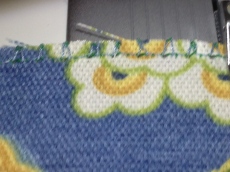
Overcasting stitch.
I started by overcasting just the edges outlined in red below. The rest of the edges get overcast too, but I was able to overcast and sew pieces together at the same time with those edges.
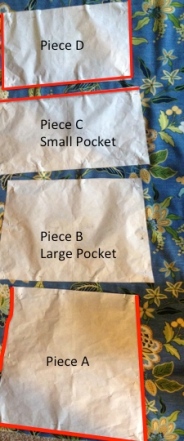 Next, take piece C and fold over the overcast edge twice to make a seam. Sew the seam into place.
Next, take piece C and fold over the overcast edge twice to make a seam. Sew the seam into place.

Next, I put together Piece B and Piece C. The big trick here is to put them together so both wrong sides are facing up. (DONT put right sides facing together!!!) Then overcast all the way around even on the edges of Piece B that don’t touch piece C.

Pieces B and C, both with back sides facing up. Overcast ALL THE WAY around piece B, so that the two piece are now sewn together AND piece B has overcasting on all of its edges.
Next, create a seam at the top of piece B by folding over twice and then sewing the seam into place. Then, flip the pocket right side out so that both fronts are facing forward. This finishes the pocket portion of the chair cover.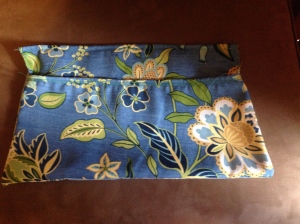
To create the part that slips over the chair, take pieces A and D. Pin them so that the tops are together, overcast stitch along the TOP edge so that the two pieces are now both sewn together and completely overcast. Create a finished seam along the opposite edge of piece D by folding the edge over twice and sewing with a straight stitch. Lay the entire piece open flat and pin the pocket you just completed onto the bottom of piece A. Pin it so that all pieces are back side facing up. Line up the widest part of the pocket (the bottom) with the widest part of piece A (also the bottom.) Pin the three closed sides of the pocket to piece A and sew with straight stitches, allowing for a 1/4 inch seam. (I then re-sewed the entire seam to give it extra strength.)
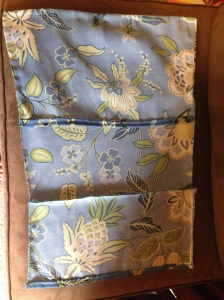
Almost done! Flip the pocket right side out and fold down the final flap, piece D. Pin piece D in place along the sides. I found that it worked best to sew a straight stitch across the top first and then go down the sides. (I had much less issues with fabric bunching up this way.) Again, re-sew the entire seam for extra strength.
Finally, flip the last section right-side-out and trim the extra threads. And there is your two pocket seat cover!

I can’t wait to see my room with all these blues, greens and yellows. Half of my seat covers will be this fabric and the other half a striped fabric with the same colors. If you decide to try this out yourself, or if you have tips that would have made this whole process easier leave a comment. Thanks for reading my first ever blog post!!!!

